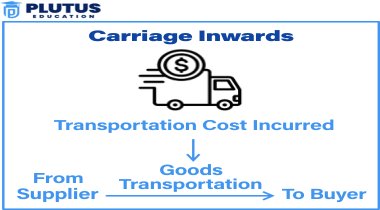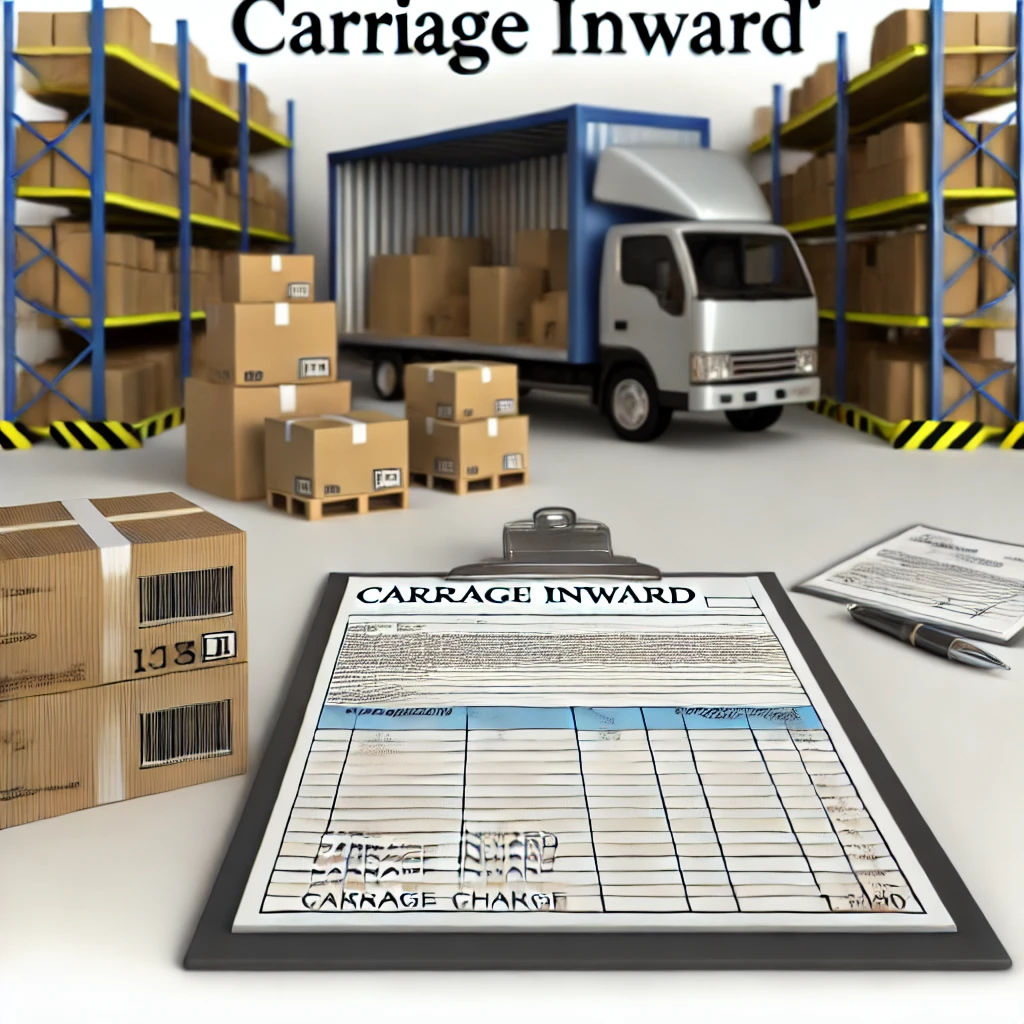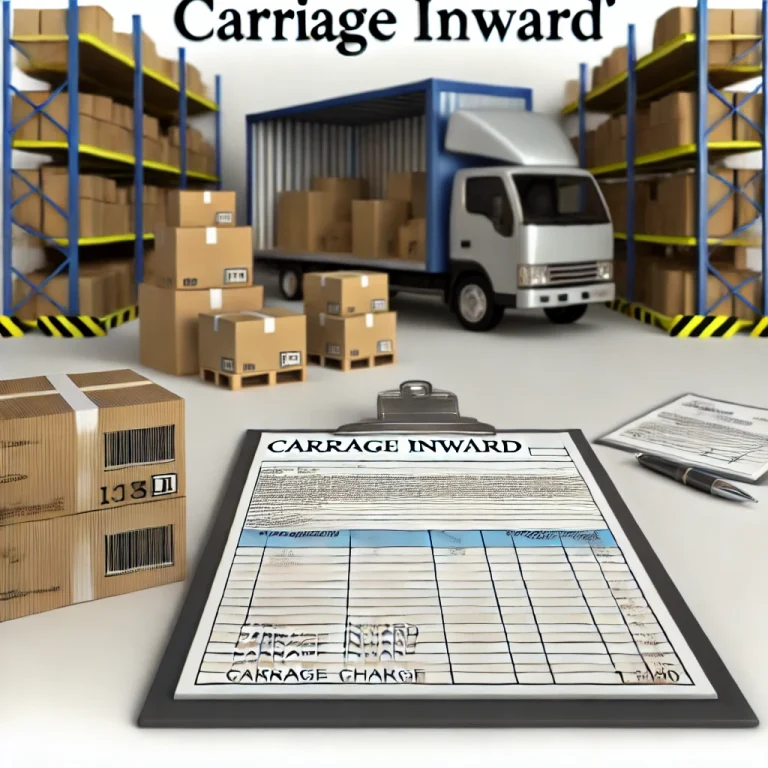In accounting, the concept of carriage inward is very significant in establishing the cost of goods sold and the total expense involved in acquiring the inventory. Carriage inward or freight-in covers the cost of transportation that is incurred when purchasing goods or raw materials to be brought into the business. In making the first part of your cost estimate of production, the consideration of “carriage inward meaning” will allow you to get a better understanding of the cost of acquiring stock.
What is Carriage Inward?
Carriage inward is associated with the expenses the firm incurs when bringing commodities or raw material to its business site or factory from a supplier’s location. As part of the acquisition of the inventory, which will be used in the production process, such costs are incorporated into the cost of purchase. Most of the time, carriage inward makes its way into financial statements as direct costs since such costs have a direct bearing on the cost of goods sold.
Importance of Carriage Inward
- It helps determine the accurate cost of raw materials or inventory.
- Carriage inward is directly associated with production costs, thus impacting the pricing of finished goods.
- Including carriage inward costs in accounting ensures a proper representation of expenses.

Journal Entries of Carriage Inward
A carriage inward journal entry is pretty simple and standard. Hence, the cost of carriage inward forms a part of the cost of purchase; the account is debited for the same.
Journal Entry Format
- When carriage inward is paid in cash:
Carriage Inward Account Dr
To Cash Account
(Being carriage inward expenses paid in cash)- When carriage inward is incurred on credit:
Carriage Inward Account Dr
To Supplier's Account
(Being carriage inward expenses incurred on credit)Explanation
- Carriage Inward Account: It represents the expense incurred in transporting the goods to the business location.
- Cash Account: When payment is made in cash, the cash account is credited.
- Supplier’s Account: When the expense is incurred on credit, the supplier’s account is credited, indicating the amount owed.

Examples of Journal Entry for Carriage Inward
Let’s consider a few practical examples to understand how to record carriage inward expenses in different scenarios.
Example 1: Carriage Inward Paid in Cash
A company pays ₹2,000 in cash to transport raw materials to its warehouse.
Carriage Inward Account Dr ₹2,000
To Cash Account ₹2,000Example 2: Carriage Inward Paid on Credit
If a company owes ₹1,500 to the transport company for delivering materials.
Carriage Inward Account Dr ₹1,500
To Accounts Payable ₹1,500Difference Between Carriage Inwards and Carriage Outwards
Understanding the distinction between carriage inwards and carriage outwards is vital for proper financial accounting and reporting.
| Parameter | Carriage Inward | Carriage Outward |
|---|---|---|
| Definition | Cost of bringing goods to the business location | Cost of delivering goods to customers |
| Account Type | Direct Expense | Indirect Expense |
| Impact on Financials | Affects the cost of goods sold | Affects distribution costs |
| Recorded In | Trading Account | Profit and Loss Account |
Explanation
- Carriage Inwards: It is considered a direct expense because it directly impacts the production or purchase cost.
- Carriage Outwards: It is an indirect expense. Since it is associated with the distribution of goods to customers after the sale.
Conclusion
Carriage inward is an essential component of accounting that directly influences the calculation of the cost of goods sold. Understanding and accurately recording this expense helps businesses evaluate the true cost of acquiring inventory. Recognizing the difference between carriage inwards and carriage outwards ensures that financial statements reflect the correct allocation of expenses, providing clearer insights into the profitability and cost structure of the business.
Carriage Inward FAQs
What is carriage inward in accounting?
Carriage inward refers to the transportation costs incurred when goods or raw materials are delivered to a business from the supplier.
Is carriage inward a direct or indirect expense?
Carriage inward is classified as a direct expense because it directly impacts the cost of goods sold.
Where is carriage inward recorded in the financial statements?
Carriage inward is recorded in the trading account as part of the cost of goods sold.
What is the journal entry for carriage inward paid in cash?
The journal entry is:Carriage Inward Account Dr To Cash Account
How does carriage outward differ from carriage inward?
Carriage outward refers to the expenses incurred for delivering goods to customers, whereas carriage inward pertains to the cost of bringing inventory into the business.


